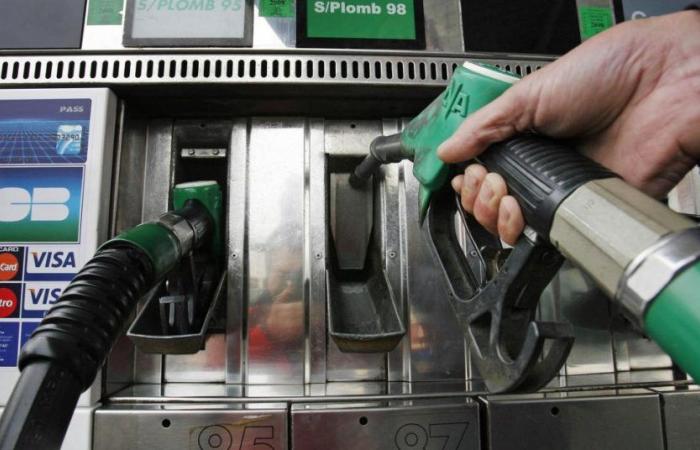A barrel of Brent from the North Sea for delivery in December dropped 4.14%, to close at $74.25.
The American West Texas Intermediate (WTI) with maturity in November dropped 4.40%, to $70.58.
During the session, Brent and WTI reached levels they had not seen since October 1, the day Iran launched nearly 200 missiles at Israel.
Already poorly oriented since the day before, the market plunged after the publication of information from the Washington Post according to which Israeli Prime Minister Benjamin Netanyahu indicated to American President Joe Biden that the Israeli response would target Iranian military targets.
The Jewish State would thus spare the energy infrastructure of the Islamic Republic which operators had until now considered to be at risk.
“This would significantly reduce the possibility of supply disruptions,” observes Carsten Fritsch of Commerzbank.
“Netanyahu is known for announcing something and then not doing it or doing something else,” warns Bill O’Grady of Confluence Investment. “But today, the dominant thesis is that nothing is going to happen” for the Iranian oil apparatus.
Even though Robert Yawger of Mizuho still estimates it at $3 to $5 per barrel of WTI, the geopolitical premium is deflating and the perception of threats to supply is fading.
WTI below $60?
At the same time, “Chinese demand has evaporated”, notes analyst Carsten Fritsch, recalling that crude imports by the People’s Republic contracted in September for the fifth month in a row over a year.
This explains, according to Robert Yawger, why the Organization of the Petroleum Exporting Countries (OPEC) lowered its forecasts for the evolution of crude demand on Monday.
On Tuesday the International Energy Agency (IEA) slightly increased its consumption projection for 2025, but continues to anticipate a deceleration compared to previous years, particularly in China.
The IEA also expects the increase in production in the United States, Brazil, Guyana and Canada, excluding OPEC, to be 500,000 barrels per day higher than that of global demand.
The new recovery measures announced by Beijing are considered insufficient by operators to revive consumption in general in China, and energy demand in particular.
“China has been the engine of global growth for ten years, and if that disappears, it will make things very complicated for OPEC,” warns Robert Yawger.
As it stands, eight members of OPEC and the OPEC+ alliance plan to gradually return, from December, to production cuts of 2.2 million barrels agreed since last year.
“I don’t think there is a good way (for OPEC) to get out of this situation,” considers Bill O’Grady. “The solution is a barrel (of WTI) below $60. »
“We are approaching a situation that could become turbulent,” estimates Robert Yawger, with a possible stiffening of Saudi Arabia in the face of its OPEC+ partners, some of whom do not respect the quotas set by the cartel.
An acceleration in Saudi volumes and a further fall in prices would be the only thing likely to restore order in the OPEC house, according to Bill O’Grady.
“This is part of the history of the oil market,” recalls the analyst. “Every once in a while the Saudis have to let things fall apart so that everyone comes to their senses. »






